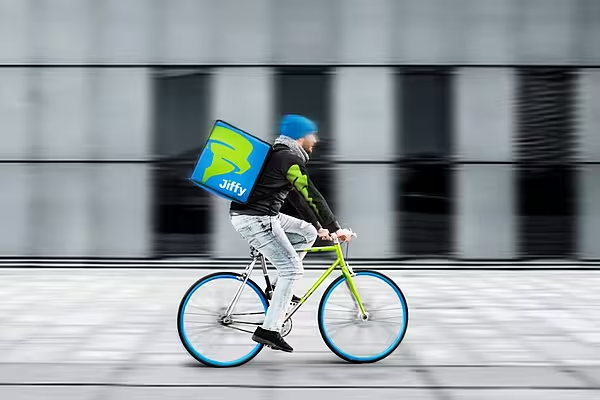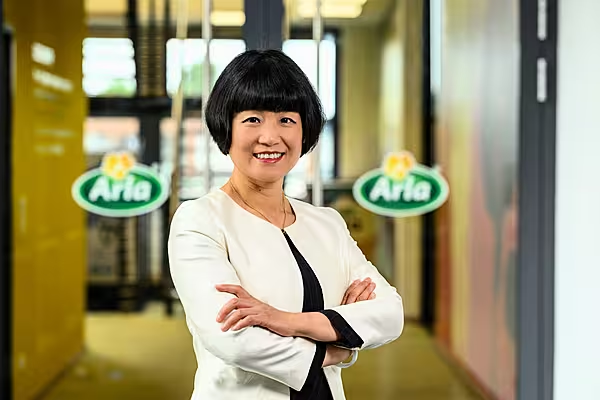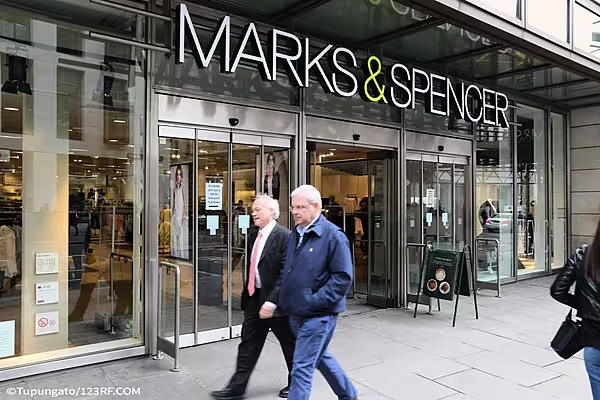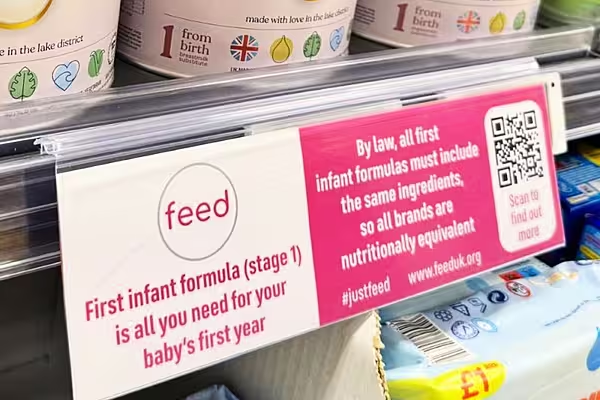The UK 'quick commerce' channel, through which food and groceries are delivered consumers in less than one hour, and often under 30 minutes, is currently worth £1.4 billion (€1.6 billion), according to a new report from IGD.
The report is part one of a series that looks at the size, scope and growth of the 'quick commerce' channel.
Also referred to as rapid delivery, the channel is estimated to grow to £3.3 billion (€3.9 billion) in the UK alone.
Head of online retail insight at IGD, Simon Mayhew, explained, "Rapid delivery, or 'quick commerce' as it is now known, has been around for some time, but COVID-19 has clearly catapulted its expansion to the point where it's become a channel in its own right.
"Its growth is evident in the UK, but also on a worldwide scale, with players like Fancy, Getir, Weezy, Gorillas and Jiffy fast becoming household names."
Findings
One in three shoppers in the UK have used, or are interested in using quick commerce, with the most common drivers for purchase being food-to-go, top-up shopping, and 'meal for tonight', the report revealed.
The average age of the quick commerce shopper is 36, and the primary shopper group is young adults living in urban locations.
The study also found that more than seven out of ten shoppers who use or are interested in using quick commerce can be inspired to use it to pick up last-minute items for summer barbecues, sporting events, parties and public holidays.
Sub-Sectors In Quick Commerce
IGD, the insight and analysis provider for the food and consumer goods industry, has identified three sub-sectors within the channel to help retailers and suppliers understand its operating models.
The first is aggregators or third-party websites offering on-demand fulfilment. It includes takeaway aggregators like Deliveroo; grocery-focused aggregators like Instacart; and service aggregators like Glovo, which provide a range of other services in addition to grocery.
The second is 'pure plays' or emerging operators that have built their proposition around a high-speed delivery service, often with delivery in under 15 minutes.
Here, players include Jiffy, Dija, Getir, Gorillas, and Fridge No More. They operate their own fulfilment centres, or dark stores, in high population urban areas for quick delivery.
The third sub-sector is retailers, who have partnered with third-party players for delivery services in addition to launching their on-demand services. These include Sainsbury's Chop Chop and Ocado Zoom.
In this category, some retailers rely on in-store pick, while other use automation.
Read More: The Scope Of Rapid Delivery Services In A Post-COVID World
'A Huge Opportunity'
Rachel Sibson, retail analyst at IGD and author of Quick Commerce: get up to speed, said, "Quick commerce is an exciting, fast-paced channel, which presents a huge opportunity for suppliers, retailers, aggregators and pure plays.
"The new report maps out development and growth on a global scale and also looks closely at the UK, using our ShopperVista data. The second and third editions of the report series will focus on retailer best practice, how to gain share and the future outlook."













